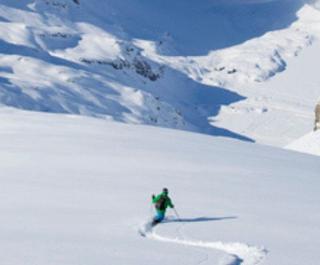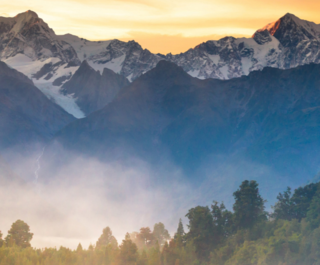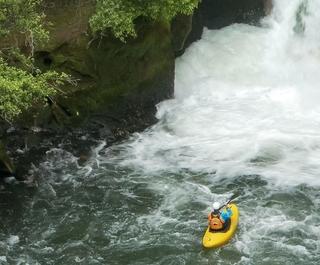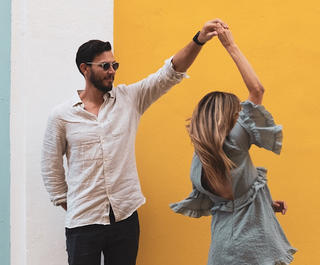
After savouring the cosmopolitan charms of Cape Town, tourists are usually drawn to the Garden Route (a gorgeously photogenic coastal region hedged by wondrous beaches, lakes, forests and fancy resorts). It's then typical to drop the hire car off in Port Elizabeth and fly back to the Mother City or on to another popular destination such as Kruger National Park.
However, thanks to a tip from Toni Shina, the owner of Cape Town's multi-award-winning The Backpack flashpackers, I opt to continue my road trip, and venture east of Port Elizabeth to the so-called Wild Coast. Also known as the Transkei, this was a de facto independent state during the Apartheid years, and the birth and burial place of Nelson Mandela.
Although now very much part of modern, democratic South Africa, with its rustic, undeveloped vibe, cattle-strewn dirt roads and authentically 'African' flavours, it looks and feels like a different country from the Garden Route (which, as beautiful as it is, can sometimes seem more like western Europe or Australia than the rustic Africa of travellers' imaginations).
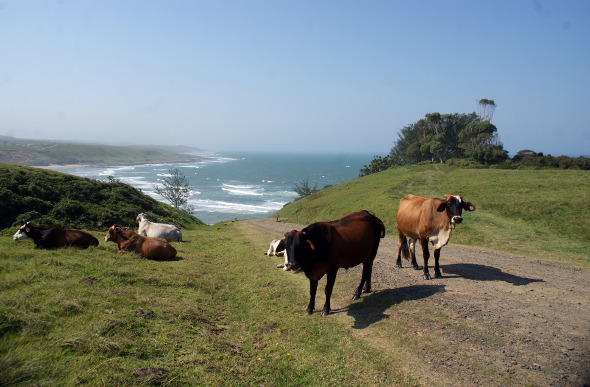 Cattle wander the dirt roads of South Africa's Wild Coast (Steve McKenna)
Cattle wander the dirt roads of South Africa's Wild Coast (Steve McKenna)
Rimming the Wild Coast is a clutch of bucolic little seaside towns and hamlets, to which you can either drive or take the Baz Bus, a hop-on, hop-off shuttle service that links Cape Town and Johannesburg via Durban.
.........................................................................................................................................................
Chintsa
.........................................................................................................................................................
About 300km from Port Elizabeth, and 50km west of the old Transkei border post, Chintsa is a sleepy village carved in two by an eponymous river, which trickles into a lagoon nudging the Indian Ocean.
Attracting a diverse clientele – from foreign gap-year students to Capetonian families on vacation – Buccaneers Lodge & Backpackers is spread over eight hectares of subtropical greenery by the lagoon and is a handy base for both chilling out and getting a sweat on. A novice jockey, I enjoy some guided horse riding and feel a massive adrenaline rush when we go from a trot to a canter to a gallop along Chintsa's stunning white-sand beach.
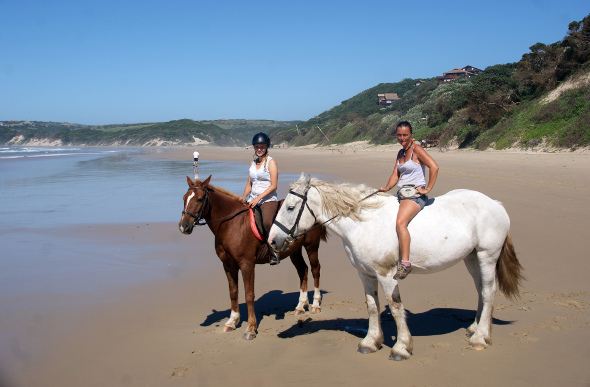 Horse riding on the beach in South Africa (Steve McKenna)
Horse riding on the beach in South Africa (Steve McKenna)
After a siesta in my lagoon-side cottage, I sign up for a Chintsa township tour. Like many of the family-owned hostels on the Wild Coast, 'Buccs' is heavily involved in the local community, working with charities and NGOs (non-governmental organisations) to co-ordinate uplifting projects to boost education, grassroots businesses and healthcare (the Eastern Cape – of which the Wild Coast is part – is one of South Africa's poorest regions, and one of the areas to have been most affected by HIV-AIDS).
On the tour, we pop into Chintsa's primary school, where computer labs have been furnished with PCs bought with money raised locally. The pupils – whose adorable smiles and playfulness leave a heart-melting impression – are taught IT skills by volunteers from across the world.
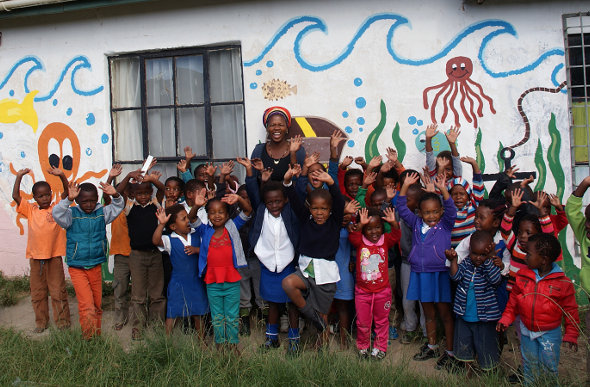 A visit to a local primary school will melt the heart (Steve McKenna)
A visit to a local primary school will melt the heart (Steve McKenna)
Another highlight of the tour is a visit to the homestead of Mama Tofu, a matriarch of the community, said to be the oldest tour guide in South Africa. As well as hearing her pearls of wisdom, you can browse and buy souvenirs, such as beaded necklaces and jewellery. If you see nothing you fancy here, Buccs' in-house shop is packed with hand-hewn goodies – profits from any sales go directly to the craftsmen and women.
.........................................................................................................................................................
Bulungula And Coffee Bay
.........................................................................................................................................................
One of the most common sights in the Transkei is the rondavel. These round, mud-brick, thatched-roof huts cluster along the coast's lush, rolling, green hills, overlooking chains of scenic coves and beaches and housing much of the region's indigenous Xhosa population.
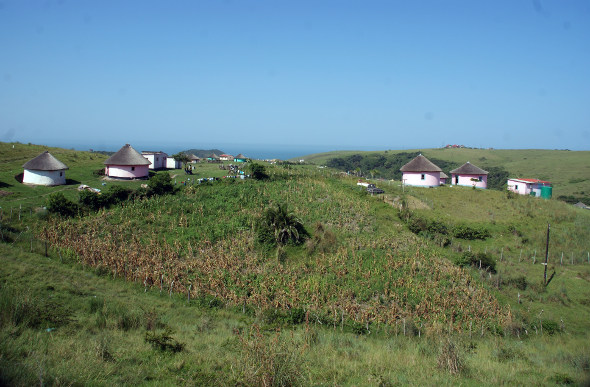 Rondavels, or thatch-roofed huts, dot the hills along the coast (Steve McKenna)
Rondavels, or thatch-roofed huts, dot the hills along the coast (Steve McKenna)
Tourists can bed down in rondavels at plenty of charming spots, including Bulungula Lodge, which runs on solar and wind power, has eco-friendly compost toilets and offers myriad activities, from canoeing and fishing to rewarding cultural encounters with villagers. The sangoma (the village's traditional healer) will regale you with nuggets about age-old natural remedies and teach you some Xhosa, which is characterised by its quirky clicking sounds and is one of South Africa's 11 official languages.
Another cosy place with rondavel accommodation is the Coffee Shack. It's tucked away in Coffee Bay, a small town that apparently got its name when a ship, loaded with sacks of coffee beans, ran aground here in the 19th century.
Caffeine junkies can nab some punchy espresso-based hits – and stronger liquid refreshment – at the sociable Shack, which is run by affable former Pro-Am surf champ David Malherbe and his Australian wife, Belinda. They organise surf lessons and village tours, where you sample the local fare – such as cooked white corn, mealie pap porridge and maize beer – while you're entertained by mystical, drum-fuelled rituals.
The shack's guides – who were born, bred and buttered on the Wild Coast – lead guests on invigorating hikes. I love the three-hour cliff-top jaunt to the Hole in the Wall, an eye-catching rock formation sculpted by millions of years of wind and wave erosion.
Want to see more of South Africa's natural wonders? Meet South Africa's Meerkat Mafia
Or take a road trip to tempt the tastebuds with South Africa's Top Wine Routes
.........................................................................................................................................................
Mdumbi
.........................................................................................................................................................
So mellow is Mdumbi that it can make Coffee Bay seem like a bustling seaside metropolis. The two villages – eight kilometres apart – are linked by snaking dirt roads, but I navigate the route on foot, tackling the first leg of a 61-kilometre trail between Coffee Bay and Port St John's (a town further up the coast). This two-hour walk takes me across pastoral countryside crawling with mooing cows, wild, windswept beaches and over a yawning creek on the local 'ferry' (basically one man in rowing boat).
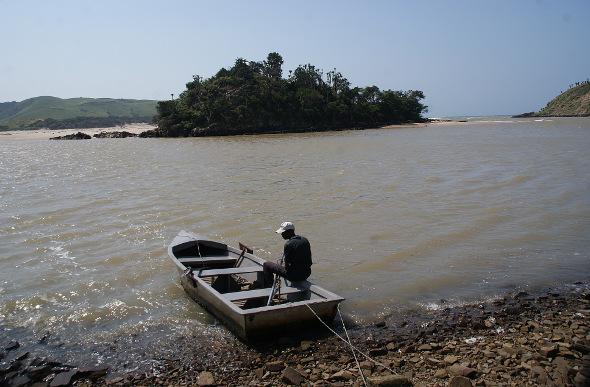 A Wild Coast 'ferry' will take you where you want to go (Steve McKenna)
A Wild Coast 'ferry' will take you where you want to go (Steve McKenna)
Thanks to its classic point break, Mdumbi is a bit of a surfers' paradise but I'm content to idle in a hammock, then receive a soothing rub from Lindeka, a masseuse at Mdumbi Backpackers, which sits at the heart of the village and offers rondavel-style accommodation, food and activities operated in conjunction with the local community. Like the other Wild Coast hostels above, Mdumbi proudly boasts Fair Trade Tourism accreditation (a trademark given to businesses who adhere to ethical practices, including fair wages and working conditions for staff and respect for human rights, culture and the environment).
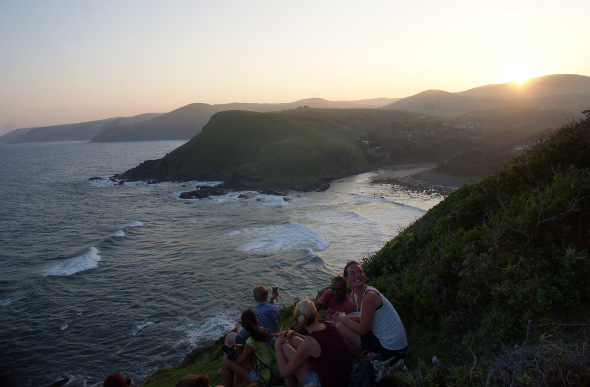 Sunset over South Africa's stunning Wild Coast leaves a lasting impression (Steve McKenna)
Sunset over South Africa's stunning Wild Coast leaves a lasting impression (Steve McKenna)
On my last evening here, I take in a spellbinding sunset and attend a braai (barbecue) rustled up by the hostel's owner, Johann Stadler. An engaging character, Johann is of Afrikaans descent but grew up in the Transkei and is impressively fluent in Xhosa. Clinking our chilled beers and feasting on our barbecued fish, the travellers among us agree that the Wild Coast – and its good-natured locals – has made quite an impression.


